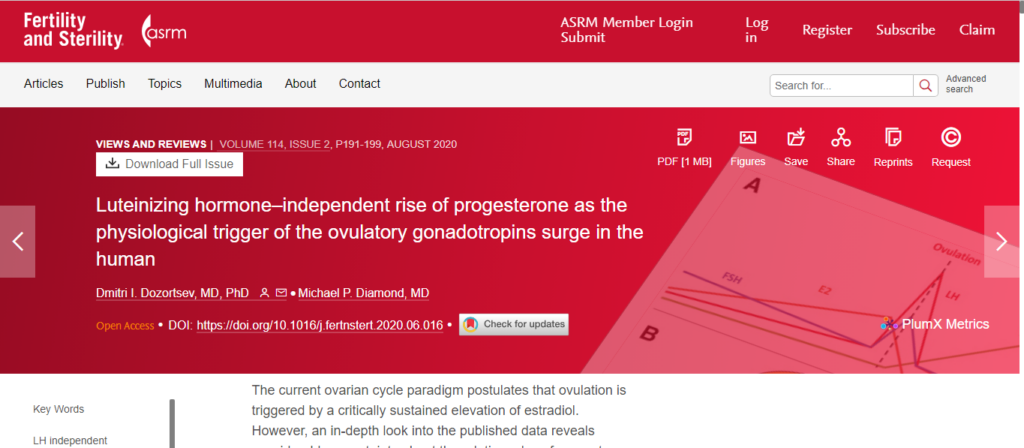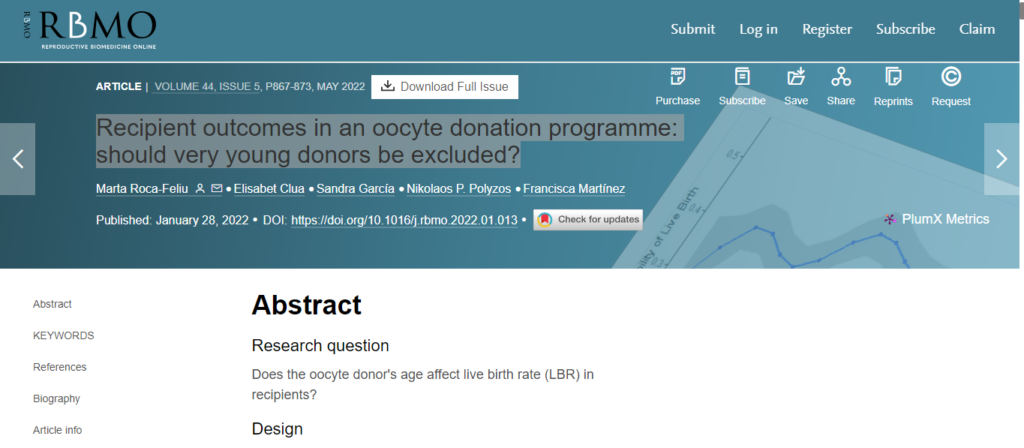Up to 50 percent of women with infertility also have endometriosis. Learn more about this common condition that causes pelvic pain and can contribute to infertility.
Though endometriosis affects an estimated ten percent of women during their reproductive years — over 170 million women worldwide — many women aren’t even aware the condition exists until it affects them. This painful and underrepresented disease affects the tissue in the uterus, often contributing to infertility and chronic pelvic pain.
Endometriosis draws its name from “endometrium,” the tissue that normally lines the inside of the uterus. In patients with endometriosis, this tissue spreads beyond the uterus and coats the fallopian tubes, ovaries, or the outer surface of the uterus.
This displaced tissue behaves just as regular endometrial tissue would, thickening, wearing down, and bleeding during the menstrual cycle — but unlike regular endometrial tissue, there’s no clear path for it to exit the body. The tissue then becomes trapped and irritated, meaning that endometriosis can cause severe pain and infertility problems.
Understanding Endometriosis
While frequently misunderstood or mistaken for severe menstrual cramps, endometriosis is a serious condition that can cause long-term problems. For this reason, it’s vital that women — particularly women in their 30s and 40s — are aware of the signs and symptoms.
The most telling symptom of endometriosis is pelvic pain, especially during periods or during sexual intercourse. This pain is usually far worse than normal menstrual cramping, and it tends to only increase over time. In addition, women may experience painful bowel movements or urination, as well as especially heavy menstrual periods.
That said, pain and endometriosis aren’t always clearly correlated. Some patients experience severe pain with mild endometriosis, while others can experience little or no pain with advanced endometriosis. For this reason, if you’re experiencing any of the symptoms associated with endometriosis or are wondering why you’re infertile, it’s a good idea to see a doctor. A medical professional can help properly diagnose endometriosis and help create a treatment plan to manage pain or address infertility.
Endometriosis and Infertility
Besides discomfort, one of the most notable side effects of endometriosis is infertility. Although women with endometriosis aren’t always infertile and vice versa, the two conditions are certainly correlated.
Between 38 and 50 percent of infertile women have endometriosis, though researchers have yet to discover why. Leading theories speculate that inflammation of the displaced endometrium leads to the production of infertility-causing chemicals, or that the excess tissue can block the sperm from reaching the egg or the egg from releasing.
Fortunately, it is still possible to get pregnant with endometriosis. Leading fertility treatments are slightly less effective for women living with endometriosis, but they increase chances of getting pregnant and are often successful for women with the condition.
Intrauterine insemination (IUI) and in-vitro fertilization (IVF) have both been shown to help women with endometriosis become pregnant. Endometriosis patients may also wish to consider surgery to remove the excess tissue. Some women have greater success becoming pregnant after the lesions have been surgically removed.
If you suspect you may have endometriosis, or if you’ve been trying to become pregnant but haven’t been successful, consider reaching out to Advanced Fertility Center of Texas. We specialize in identifying how underlying medical conditions may be impacting your fertility, and we would love to help you build the family of your dreams. Contact us to schedule an appointment today.



